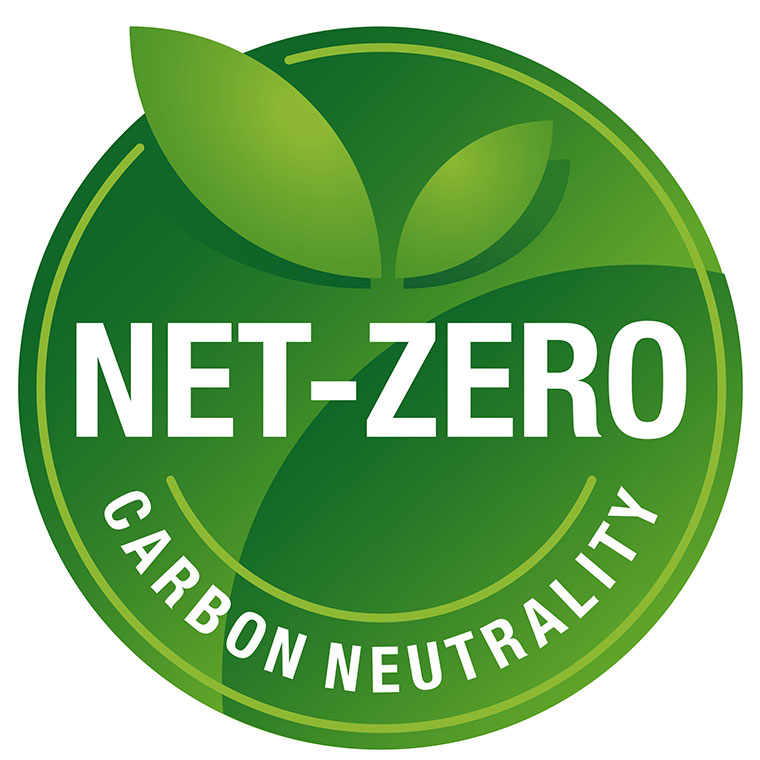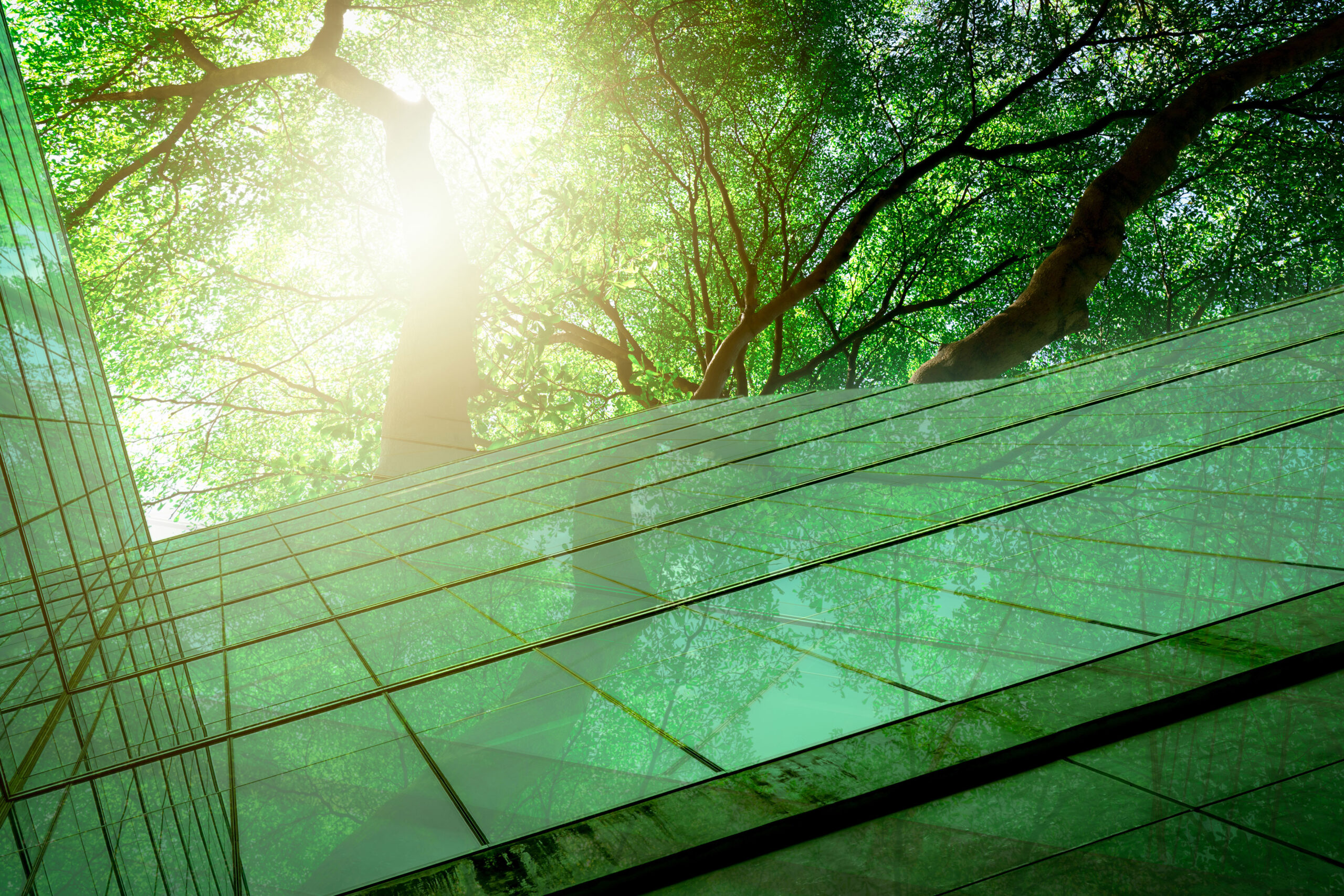Higher Education practice leader Carl Servais, and Project Architect, Tyree Vantrease, attended the 2023 Society of College and University Planners (SCUP) Pacific Regional Conference at the University of California campus in Davis on March 27-29. SCUP provides a forum for administrative, design, and construction professionals to discuss issues facing higher education projects. The theme of this year’s conference was Stewardship which is defined as the act of taking care of something such as an organization or property. For college and university campuses this means endeavoring to plan responsibly for the good of the campus, the student body, and the environment.
 Designing for Inclusivity
Designing for Inclusivity
Today’s college learning environment consists of a wide range of ethnic, economic, and cultural diversity, but often new buildings, renovations, or even master plans are centered on antiquated ideas of what a college or university should look like. Consequently, students and even faculty can feel like their environment doesn’t reflect who they are. They don’t see themselves in their surroundings and can experience a feeling of “otherness” that can affect their mental health and ultimately their academic success. Several seminars stressed how important it is to hear from everyone who will be involved, not just faculty or administrators. Each time information or feedback is solicited we should be asking ourselves, “Who isn’t in the room?” Also of importance is a commitment by an organization’s leadership to make inclusivity a priority by allowing the time and resources to ensure a thorough information gathering process.
 Environmental Stewardship
Environmental Stewardship
TLCD has signed on to the AIA 2030 Commitment to reach carbon neutrality by the year 2030. One session entitled “Achieving Net Zero Whole Life Carbon” addressed carbon neutrality by discussing embodied carbon in detail. The construction industry is one of the major contributors to carbon emissions, and building materials such as concrete, steel, and aluminum have large amounts of embodied carbon which encompasses things like production, transportation, actual use in construction, and ultimately disposal. In thinking about how we use these materials it’s important to consider building less (renovations and retrofits), building light (fine tuning our design to be efficient), and building smart (close attention to procurement of materials.) TLCD has recently had the opportunity to assist our clients with several renovation and retrofit projects such as the Tauzer Gymnasium Modernization for Santa Rosa Junior College. Considering how we can continue to help our clients be open to reusing existing facilities and being more efficient with the systems we propose will be valuable tools in our pursuit of the 2030 Challenge.

